Barium Hydroxide 8 hydrate
Barium hydroxide, with the chemical formula Ba(OH)2text{Ba(OH)}_2Ba(OH)2, is an inorganic compound that is used in various applications. Here’s a detailed overview:
Properties
- Appearance: White crystalline solid.
- Solubility: Moderately soluble in water, forming a strongly alkaline solution.
- Molecular Weight: 171.34 g/mol.
- Density: Approximately 2.18 g/cm³.
- Melting Point: 78 °C (anhydrous form); decomposes in water to form barium oxide and water.
Chemical Behavior
- Basicity: Barium hydroxide is a strong base and dissociates completely in water to form barium ions (Ba2+text{Ba}^{2+}Ba2+) and hydroxide ions (OH−text{OH}^-OH−).
- Reaction with Acids: Reacts with acids to form barium salts and water. For example: Ba(OH)2+2HCl→BaCl2+2H2Otext{Ba(OH)}_2 + 2text{HCl} rightarrow text{BaCl}_2 + 2text{H}_2text{O}Ba(OH)2+2HCl→BaCl2+2H2O
- Hydrate Forms: Often found as the octahydrate (Ba(OH)2⋅8H2Otext{Ba(OH)}_2 cdot 8text{H}_2text{O}Ba(OH)2⋅8H2O).
SKU:
ACS44829CHEM0
Category: Analytical Reagents
Description
Uses of Barium Hydroxide
1. Titration
- Acid-Base Titrations: Barium hydroxide is often used as a titrant in acid-base titrations. It serves as a strong base to titrate weak or strong acids. Its high solubility and complete dissociation in water make it ideal for this purpose.
2. Chemical Synthesis
- Preparation of Barium Salts: Barium hydroxide is used to synthesize various barium salts by reacting with corresponding acids. For instance, reacting barium hydroxide with sulfuric acid yields barium sulfate, a key compound in qualitative inorganic analysis: Ba(OH)2+H2SO4→BaSO4↓+2H2Otext{Ba(OH)}_2 + text{H}_2text{SO}_4 rightarrow text{BaSO}_4 downarrow + 2text{H}_2text{O}Ba(OH)2+H2SO4→BaSO4↓+2H2O
3. Qualitative Inorganic Analysis
- Testing for Sulfate Ions: In qualitative analysis, barium hydroxide is used to test for the presence of sulfate ions (SO42−text{SO}_4^{2-}SO42−) in a solution. When barium hydroxide is added to a solution containing sulfate ions, a white precipitate of barium sulfate forms: Ba2++SO42−→BaSO4↓text{Ba}^{2+} + text{SO}_4^{2-} rightarrow text{BaSO}_4 downarrowBa2++SO42−→BaSO4↓
4. Precipitation Reactions
- Removal of Sulfates and Carbonates: In analytical procedures, barium hydroxide can be used to precipitate sulfate and carbonate ions from solutions, aiding in their removal or quantitative analysis.
5. pH Adjustment
- Buffer Solutions: Barium hydroxide is used to adjust the pH of buffer solutions. Its strong basicity helps in maintaining the desired pH levels in various experimental setups.
6. Dehydrating Agent
- Removal of Moisture: In some laboratory processes, barium hydroxide is used to remove moisture from organic solvents and other materials due to its hygroscopic nature.
7. Chemical Reactions and Catalysis
- Reagent in Organic Synthesis: It can be used as a base in organic synthesis reactions, such as the formation of enolates, aldol reactions, and other base-catalyzed reactions.
- Catalyst: Barium hydroxide can act as a catalyst in certain chemical reactions, promoting faster reaction rates and better yields.
Reviews (0)
Be the first to review “Barium Hydroxide 8 hydrate” Cancel reply
Shipping & Delivery
You may also like…
Anhydrous Barium Chloride 500gm
Barium Nitrate 500gm
Related products
2 Propanol 2.5 litres (IPA)
Isopropyl alcohol (IPA), also known as 2-propanol, is a colorless, flammable chemical compound with the molecular formula C3H8O. It is a type of alcohol that is commonly used as a solvent, disinfectant, and cleaning agent in a variety of industries, including healthcare, manufacturing, and electronics. IPA is often used as a disinfectant because it is effective at killing a wide range of microorganisms, including bacteria, viruses, and fungi. It is also commonly used as a solvent for oils, resins, and gums, and as a cleaning agent for electronic devices and other equipment.
Aceto Carmine 100 ml
Aceto carmine is a staining solution used primarily in microscopy to highlight cellular components. It is a mixture of carmine dye and acetic acid. Here’s an overview of its properties, preparation, and uses:
Properties
- Color: Red to purplish-red.
- Solubility: Soluble in water and ethanol.
- Staining Characteristics: Stains chromatin and cytoplasmic components, providing contrast for better visualization under a microscope.
Preparation
- Ingredients:
- Carmine dye: A natural red dye extracted from the cochineal insect.
- Acetic acid: A colorless liquid organic compound with a pungent smell.
- Procedure:
- Dissolve a specific amount of carmine powder in hot distilled water.
- Add glacial acetic acid to the solution.
- Filter the mixture to remove any undissolved particles.
Agar Agar Powder
Agar agar powder refers to the dehydrated and powdered form of agar agar, a natural gelling agent derived from seaweed. It is made by drying and grinding the agar agar gel, resulting in a fine powder with excellent gelling properties. Agar agar powder is commonly used in cooking, baking, and food preparation as a vegetarian and vegan substitute for gelatin. It is prized for its ability to create firm and stable gels at relatively low concentrations and temperatures. Agar agar powder is versatile and can be used in a variety of recipes, including desserts, confectioneries, jams, jellies, and savory dishes.
Aluminum Fine Powder
Aluminum Nitrate 500gm
Aluminum nitrate is a chemical compound with the formula Al(NO3)3. It's a salt composed of aluminum and nitrate ions. It's commonly encountered as a hydrate with varying numbers of water molecules associated with each aluminum nitrate formula unit. It's soluble in water and is often used in various industrial processes, including as a mordant in dyeing fabrics and in the production of aluminum oxide. Additionally, it's used in some chemical reactions and as a component in some types of rocket propellants.
Aluminum Oxide 500 grams
Aluminum oxide, often referred to as alumina, is a chemical compound made up of aluminum and oxygen atoms (Al2O3). It occurs naturally in various minerals, including corundum and bauxite. It is one of the most widely used compounds, valued for its hardness, strength, and resistance to abrasion and corrosion.
Anhydrous Aluminum Chloride
Anhydrous aluminum chloride, often represented as AlCl3, is a chemical compound composed of aluminum and chlorine. "Anhydrous" means it lacks water molecules in its structure. It's a white or pale yellow solid that is highly hygroscopic, meaning it readily absorbs moisture from the air. This property makes handling it a bit tricky since it can form a solution with water vapor in the air, turning into a fuming liquid.

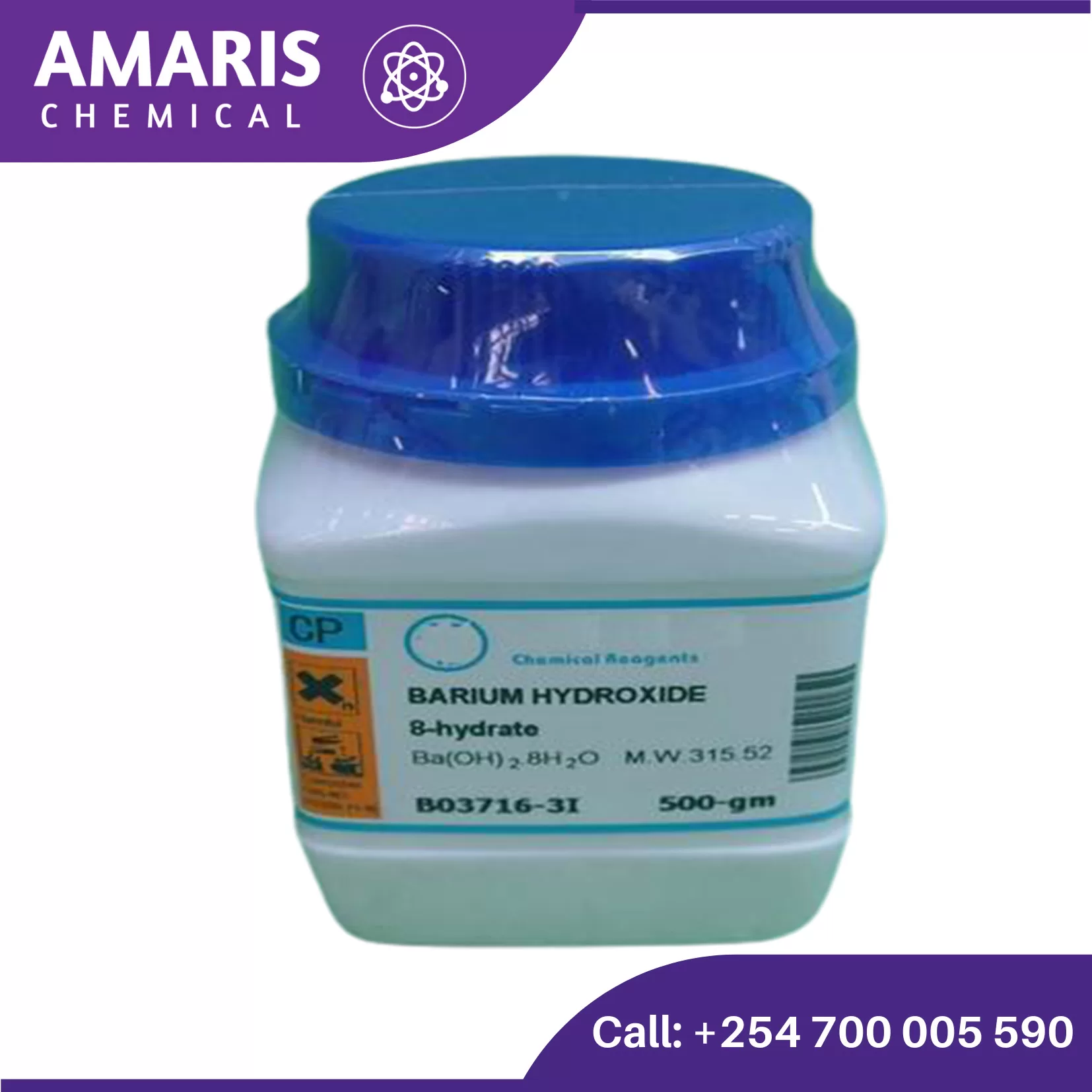
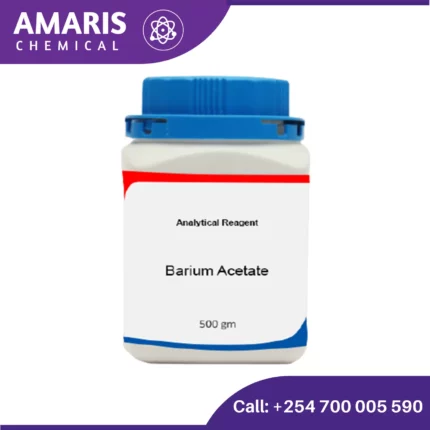
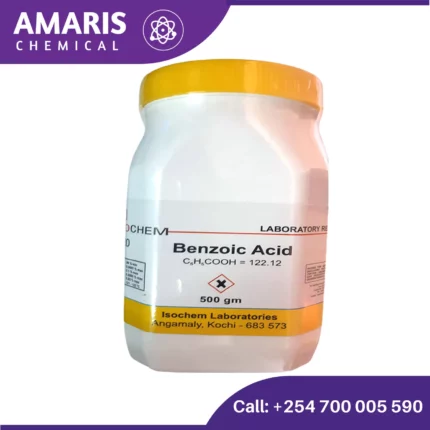
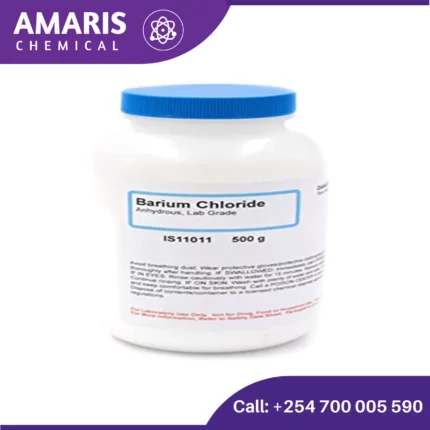
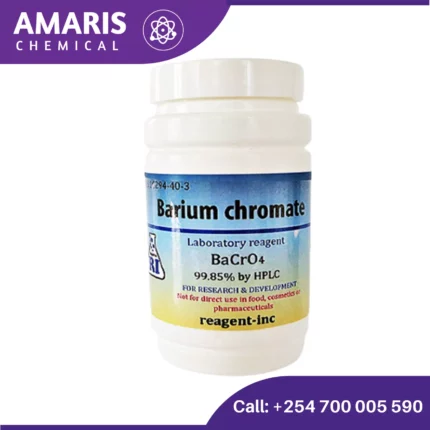
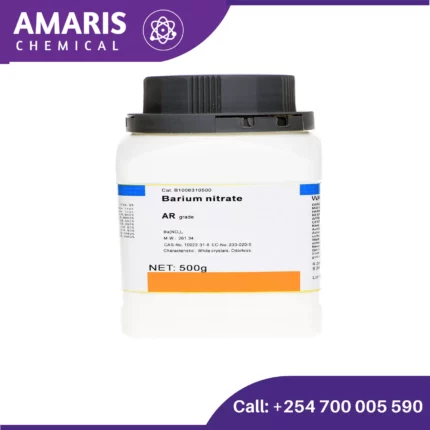
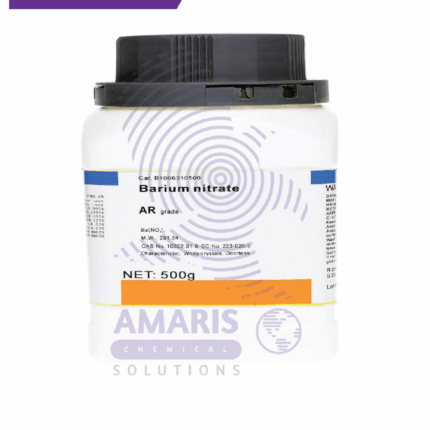
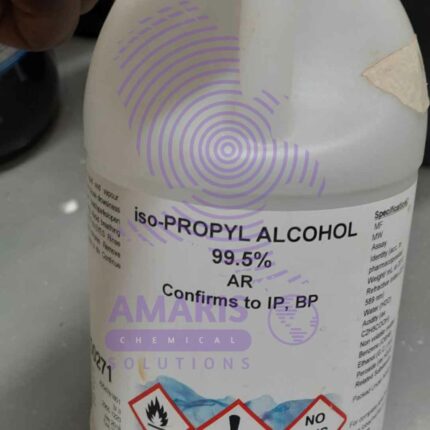
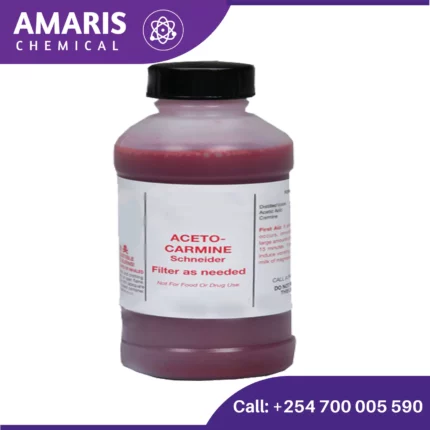

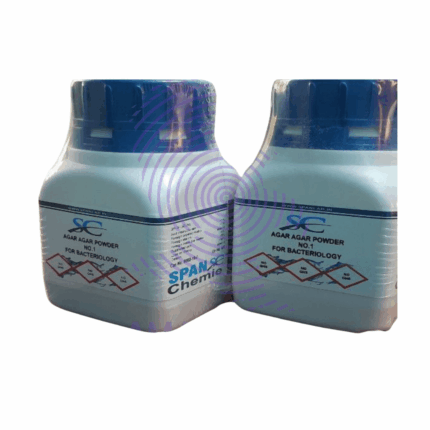

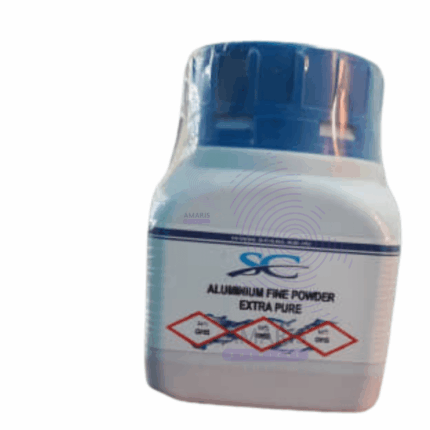
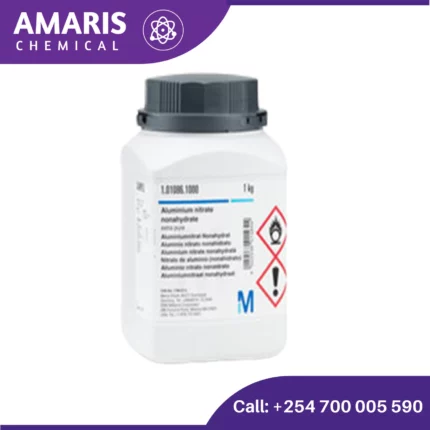
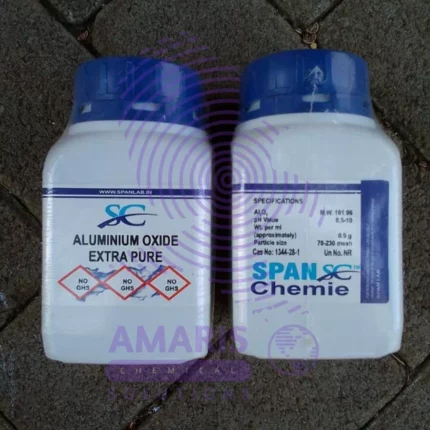
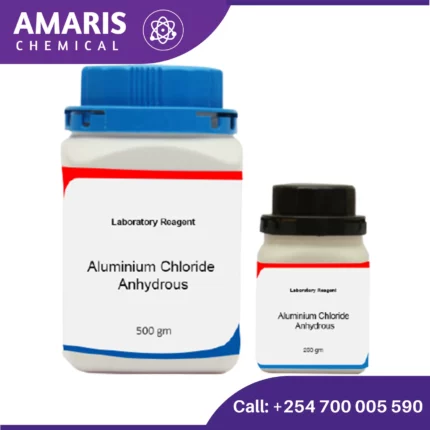
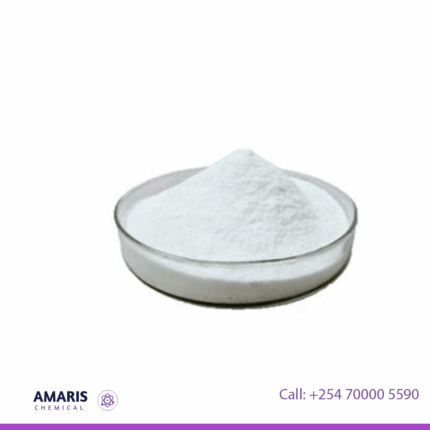







Reviews
There are no reviews yet.